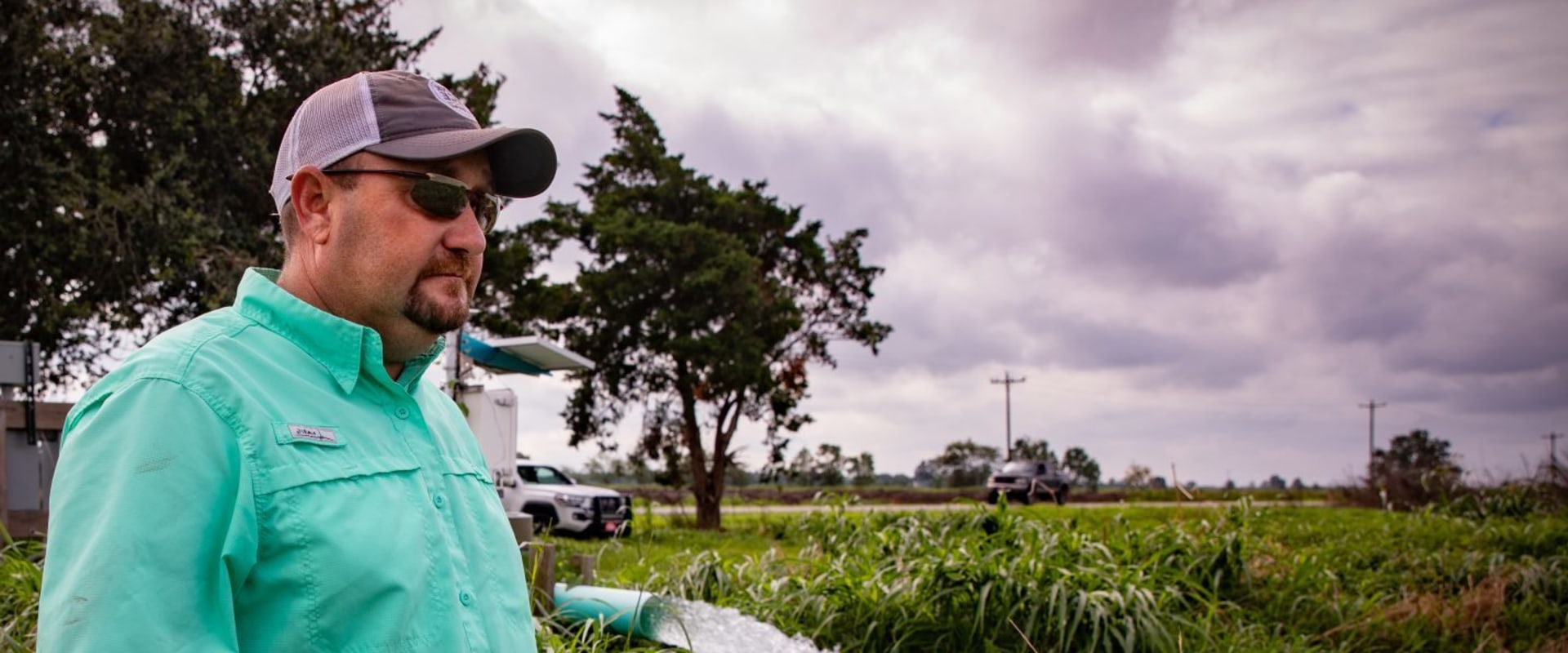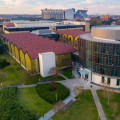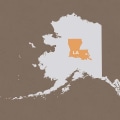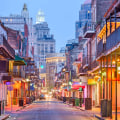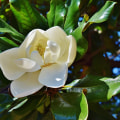Northern Louisiana is a region of the United States that is rich in history and culture. From its craft traditions to its unique architecture, art, and cuisine, the area has been shaped by a variety of influences. These influences include Christian churches, French colonists, immigrants from all over the world, and Native American tribes. In addition, the area has been home to a number of ethnic groups, including African Americans, Italians, Germans, and Irish.
All of these groups have contributed to the cultural landscape of northern Louisiana. Christian churches have had a major impact on the culture of northern Louisiana. The Roman Catholic Church is particularly prominent in southern Louisiana, while Baptists are more common in northern Louisiana and among African Americans across the state. This influence can be seen in the many churches that dot the landscape. The craft traditions of northern Louisiana are also reflective of the skills used on farms and plantations that depend on available resources. These traditions include everything from woodworking to basket weaving.
In addition, Creoles developed distinctive architecture, art, and cuisine centered on New Orleans. Immigrants have also had a major effect on the culture of northern Louisiana. The culinary influences span centuries in New Orleans, a port city near the mouth of the Mississippi River. From French colonists to Vietnamese immigrants in the 1970s and newcomers from all over the world, newcomers have been continuously adding to the DNA of local cuisine. The culture of New Orleans is unique and distinct from that of other cities in the United States, including other cities in the South. It has been called the northernmost Caribbean city and perhaps the most hedonistic city in the United States.
Over the years, New Orleans has had a dominant influence on American and global culture. In 1968, Louisiana legislators passed Act No., which was a victory for cultural preservation. This act recognized the importance of preserving traditional cultures in an area that was once inhabited by Choctaw, Houmas and other native tribes. It also acknowledged the influence of French and Spanish colonial periods as well as the introduction of enslaved Africans in the 18th century. The spread of Cajun culture coincided with a growing Cajun cultural revival that brought renewed pride in Cajun identity and national attention to the region. Royal charters covering the area had been granted to French merchant Antoine Crozat in 1712 and then to Scottish businessman John Law in 1717. Performing genres found in cowboy culture include reciting cowboy poetry, auctioning in French or English, and singing cowboy ballads at clubs and festivals.
Traditional French culture can be found in a large triangular area with its apex below Alexandria and its base stretching from New Orleans to Lake Charles. However, there are small enclaves dominated by one or more of these French-influenced Louisiana traditions. These can be found near Natchitoches and Hebert, in Caldwell Parish, along Bayou Pierre (the community of Rambin) and on Big Island in Rapides Parish. CODOFIL is based in Lafayette and continues to offer French immersion scholarships, placement for French teachers native to Louisiana, promotion of bilingual businesses and a multimedia project called Radio Jeunesse Louisiane. A basic principle in folklore and anthropology is that to understand a cultural trait you must understand its context. Living relatively isolated in swamps or prairies and being a dominant cultural group has allowed French-speaking Acadians, French citizens, French monarchists, and French army officers to absorb Germans, Spanish, British Americans, and Native Americans who settled among them or married members of their families. The Louisiana Folklife Program hopes to help more communities document their popular traditions and empower those who have not yet made such efforts to document their unique popular cultures. For example, they even paraded with “Evangeline Girls” at both Republican and Democratic National Conventions in 1926 to better nationalize awareness about Acadian culture. French is still used in significant ways in northern Louisiana today but its expressions and pronunciation have influenced several dialects in New Orleans.
Francisville is part of Lowland South plantation culture while Baton Rouge is an Anglo-American city despite its French name that is home to a multicultural community. In addition to these groups mentioned above, Native Americans (especially Choctaw), Africans (both French-speaking African Creoles and English-speaking African Americans), Italians (mainly Sicilians), Germans, and Irish have all made important contributions to northern Louisiana's cultural landscape.
